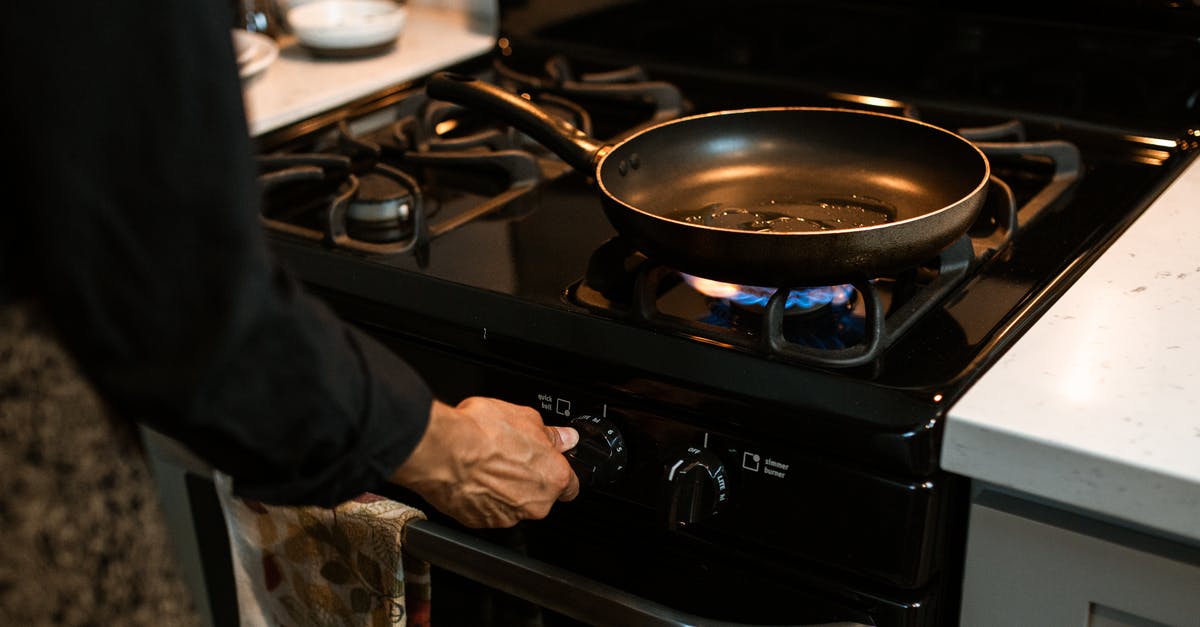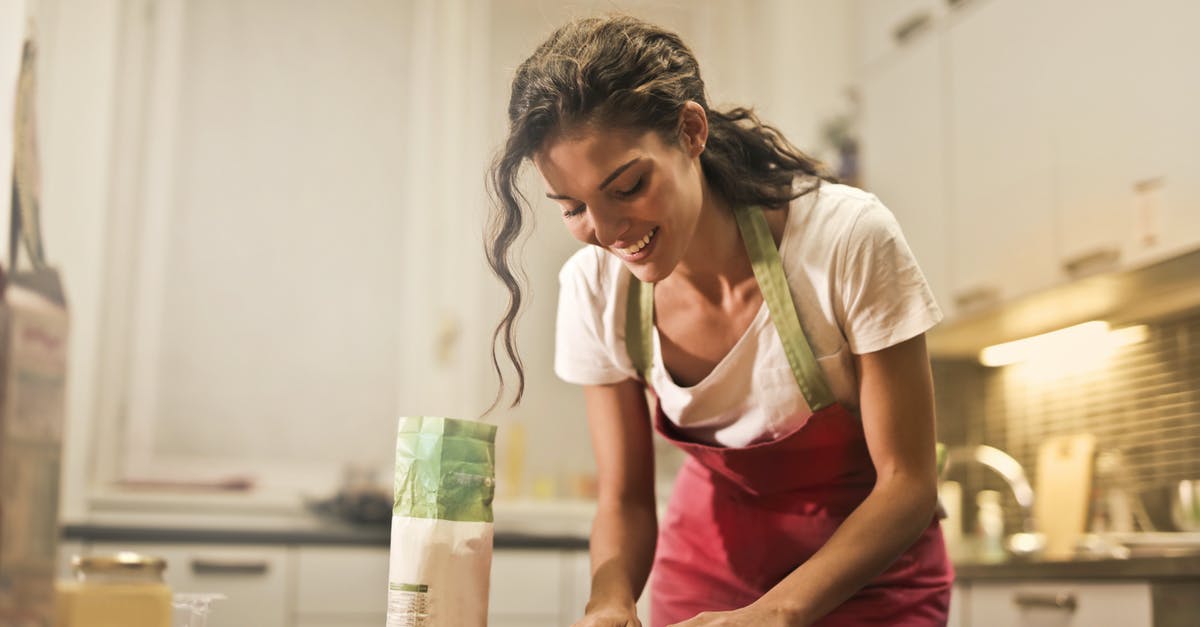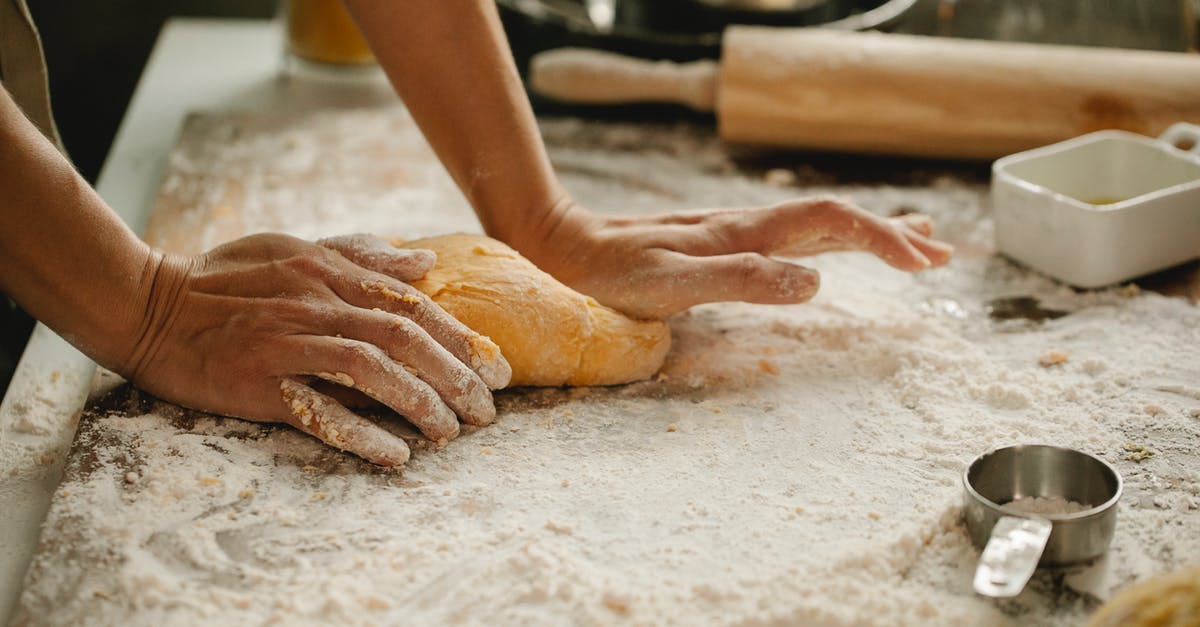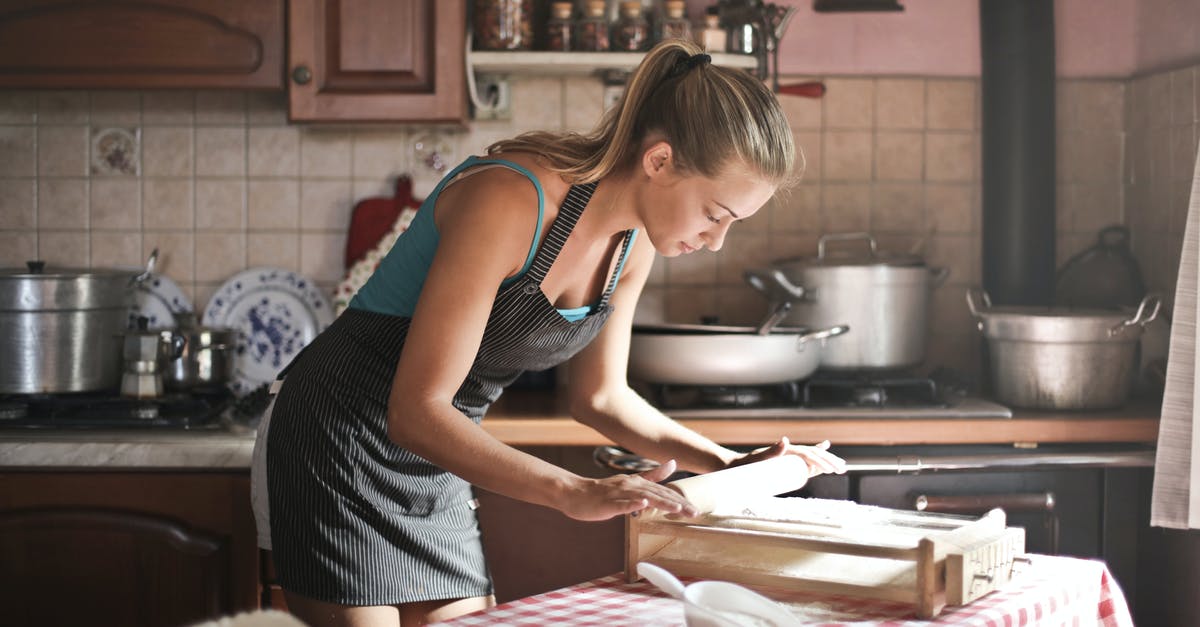Trying to adjust a recipe to recreate Peruvian "Tres Puntas" rolls

Having visited my family I fell in love with "Pan de Trigo" that we call "Tres Puntas." This is a wheat bread that appears to be folded over to have three points.
After baking, it puffs up and a large hollow exists in the center; the bread "shell" itself is chewy and slightly sandy in texture. I believe the hollow exists due to the folding. It reminds me a bit of a focaccia-style roll flavor and texture.
I found a recipe a while ago on a site that is no longer active, and have copied it here for comparison. I'm sorry that it's partially in Spanish but I am posting it here as I found it. I did try to make it but it didn't resemble what I was hoping to create.
It had more of a crumb than a "hole" (if that makes sense) but this may be due to my method more than anything. Having mentioned focaccia, I was thinking of reviewing the process and recipes for this style of bread and combining the two so maybe this is the trick.
Could someone more knowledgeable in bread making review this recipe and see if I'm on track? Could this recipe create what I've described provided I adjusted my technique?
Here is the recipe. Note that this is not the wheat version that we prefer. I'm concerned that a wheat version would be even heavier if not done correctly.
PAN DE TRES PUNTAS
INGREDIENTES:
1 lb flour 1/4 C + 1 t sugar 3/4 t salt 2 packets active dry yeast 1 C water
2 Kilos de Harina sin preparar 1/2 taza de azúcar 1 y 1/2 cucharadita de sal 70 grs. de levadura fresca 2 tazas de agua
PREPARACION:
- En 2 tazas de agua tibia disolver la levadura con una cucharadita de azúcar. Dejar fermentar en un sitio tibio por una hora.
- Agregar el resto de la harina hasta conseguir una masa que desprenda de las manos y la mesa. Dejar reposar por 1/2 hora en un lugar tibio y cubierta por un plastico.
- Aceitar la mesa de trabajo y comenzar a tomar pedazos de masa. Hacer bolitas de mas o menos 50m gramos.
- Sobre latas aceitadas darles la forma de 3 puntas y dejar levar por 1/2 hora mas.
- LLevar al horno de panaderia por 10 minutos con calor fuerte
Best Answer
There is not enough water in your dough to form the hole you want (focaccia is a good point, look at focaccia hydration). You probably want at least 375 g water per 500 g flour, more is better if you can work with the dough.
Your conversion is off, your English recipe contains double the amount of sugar of the Spanish one. I would go with the smaller amount first, 25 g sugar for 500 g flour. Makes the dough easier to handle, and the taste isn't too sweet.
That's way too much yeast, both the Spanish version (21 g fresh yeast per lb flour) and the English version (a correct conversion from the Spanish would have had 7 g active dry yeast per lb, 2 packets is probably more than twice that). 21 g per 0.5 kg would be around the upper limit of yeast, used for richer breads like brioche. Use 10-12 g fresh yeast or 3-4 g active dry yeast per 0.5 kg flour. A bigger amount of yeast rises quicker, but the first cells die and start stinking of the waste products of their own fermentation (including acetic acid and ammonia). Don't rush the recipe, let it rise well in a not too warm place, you'll probably need more than 1/2 hour per rise.
Don't forget that for high hydration dough, you need bread flour, not AP. Else the dough will fall apart. Also, bread flour will make it chewy.
The procedure with a quick sponge, a rise of the kneaded dough and a rise of the formed shapes seems pretty standard (I hope this is what your Spanish text says, because I don't understand it well). As I said, rising times will be longer with less yeast, giving you better taste. The dough will be somewhat hard to handle because of the higher hydration, but it shouldn't be too problematic. Once you have mastered it with 75% hydration (375 g water per 500 g flour), you can try more water.
Pictures about "Trying to adjust a recipe to recreate Peruvian "Tres Puntas" rolls"



They are so easy and delicious that I cook them 3 times a week! No yeast, No oven
Sources: Stack Exchange - This article follows the attribution requirements of Stack Exchange and is licensed under CC BY-SA 3.0.
Images: RODNAE Productions, Andrea Piacquadio, Klaus Nielsen, Andrea Piacquadio
